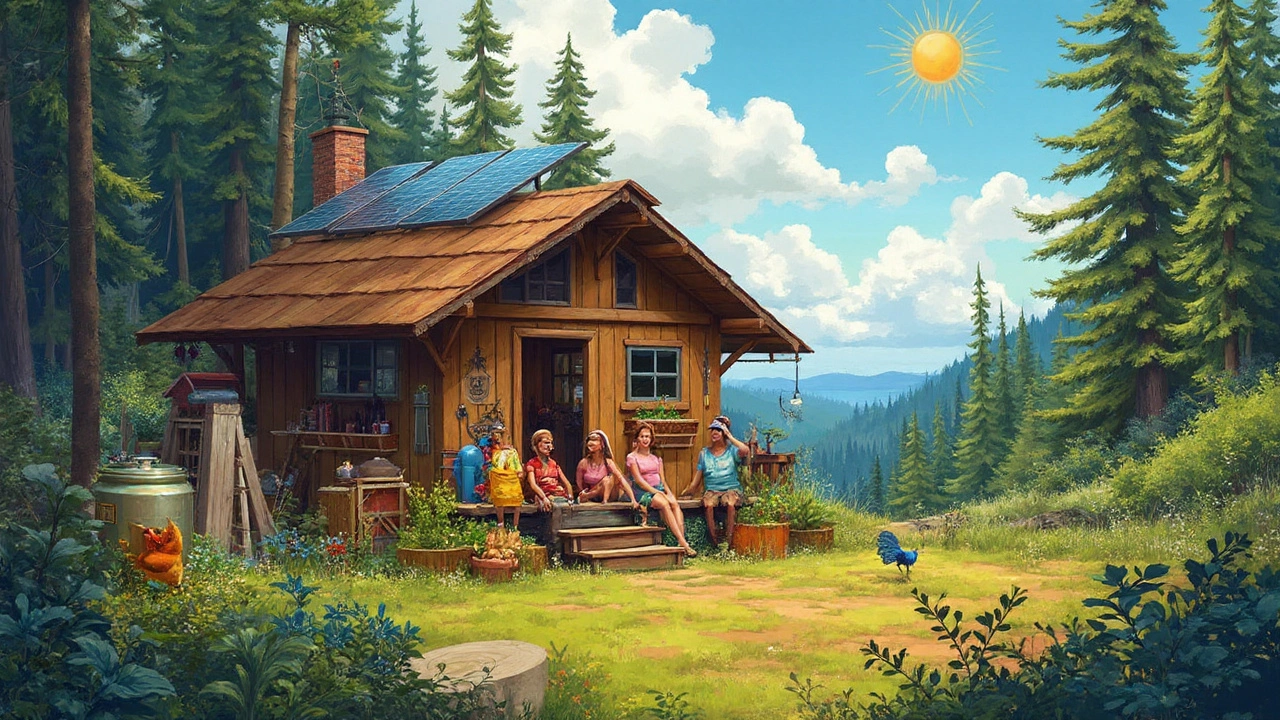Off-Grid Living Made Simple – Practical Tips for a Self‑Sufficient Home
If you’re tired of high bills and want more control over your life, off‑grid living can feel like a fresh start. It doesn’t mean you have to move to a remote desert; even a backyard plot in a community like Shriram Chirping Woods can become a small, self‑sufficient zone. Below are the core pieces you need to think about, and easy ways to get started.
First, ask yourself what off‑grid means to you. Some people focus on generating their own electricity, others on growing food, and many want both. The good news is you can pick the pieces that fit your budget and space, then add more as you go. Start small: a solar panel for lights, a rain barrel for water, and a compost bin for waste. These basics already cut your dependence on the utility grid.
Power Without the Grid
Solar panels are the most popular off‑grid power source because they’re quiet, low‑maintenance, and scale easily. A 300‑watt panel can run a fridge, a few lights and a phone charger. Pair it with a small battery bank so you have power at night or on cloudy days. If you’re not ready to install a full system, consider a portable solar kit – you can place it on the roof or a balcony and plug in a single inverter.
Wind turbines are another option if your site gets steady breezes. Even a mini turbine generates enough juice for lights and small electronics. The key is to match your energy demand to the system size. Write down the watts each appliance uses, add them up, and choose a system that produces a little more than that to cover losses.
Water and Waste Solutions
Collecting rainwater is surprisingly straightforward. A simple gutter system and a 1,000‑liter drum can give you several weeks of water for flushing toilets, watering plants, and even washing dishes if you filter it. For drinking water, a basic UV purifier or a ceramic filter works well.
Waste management can stay low‑tech. A composting toilet separates liquid and solid waste, turning the solids into garden mulch in a few months. Kitchen scraps go into the same pile or a separate bin, speeding up compost production. The result is less sewage, less water use, and free fertilizer for your garden.
Food is the next big piece. Start with a few raised beds or containers and grow quick‑turnaround crops like lettuce, tomatoes, and herbs. If you have space, a small greenhouse extends the growing season and lets you stash veggies for winter. Chickens are low‑maintenance protein sources; a pair can provide eggs and help with pest control.
Budget matters, so track every expense. Off‑grid projects often have upfront costs but pay off over time through lower bills. Look for government rebates on solar panels or community programs that offer discounts on rainwater tanks. DIY installation saves money, but always follow safety guidelines – especially when handling electricity.
Finally, connect with others. Online forums, local meet‑ups, and neighborhood groups share tips, tool rentals, and bulk‑buy deals. Learning from someone who already has a solar array or a compost system can save you weeks of trial and error.
Off‑grid living isn’t a one‑size‑fits‑all recipe. It’s about deciding which pieces of independence matter most to you and taking them step by step. Start with a single solar panel, a rain barrel, or a compost bin, and watch how each addition reduces your reliance on the main grid. Before you know it, you’ll have a home that feels both modern and rooted in nature – the perfect blend for a tranquil life in places like Shriram Chirping Woods.





